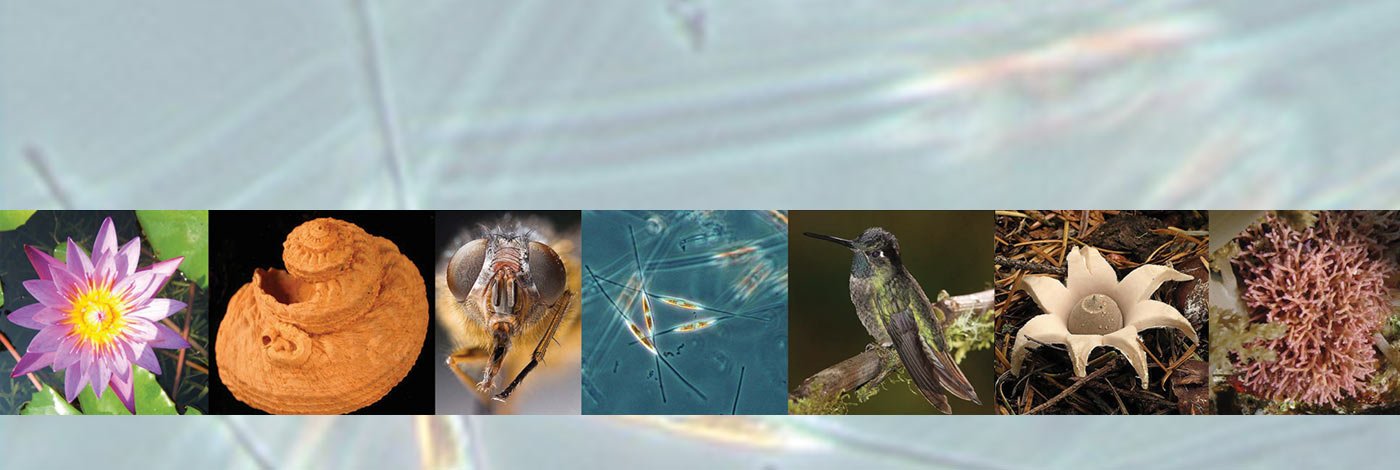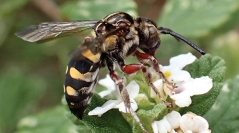

 European Journal of Taxonomy
754 (1) - Pages 1-51
European Journal of Taxonomy
754 (1) - Pages 1-51The bee genus Brachymelecta Linsley, 1939 has until now been represented by a single specimen, which has puzzled melittologists since its original description as Melecta? mucida Cresson, 1879. Through detailed morphological comparison and images, we show that the holotype is no more than an unusual specimen of a widespread species, most recently known as Xeromelecta californica (Cresson, 1878). We demonstrate that the diagnostic generic features for Brachymelecta fall within the range of morphological variation observed within X. californica. Although the names Brachymelecta and Xeromelecta Linsley, 1939 were published simultaneously, the former was proposed as a genus whereas the latter was proposed as a subgenus of Melecta Latreille, 1802. Thus, the following synonymies are proposed: Xeromelecta syn. nov. under Brachymelecta (since precedence must be given to the name that originally had the higher taxonomic rank) and M.? mucida syn. nov. under B. californica. Additionally, we present updated taxon concepts for and an identification key to the six known species now in Brachymelecta — B. alayoi (Michener, 1988), B. californica, B. haitensis (Michener, 1948), B. interrupta (Cresson, 1872), B. larreae (Cockerell, 1900), and B. tibialis (Fabricius, 1793) — along with redescriptions and a diagnosis for the genus. The male of B. alayoi and females of B. haitensis and B. tibialis are described for the first time. Furthermore, a phylogeny based on combined molecular and morphological data is proposed for Brachymelecta, and the evolution of the genus is explored in a historical biogeographic context.